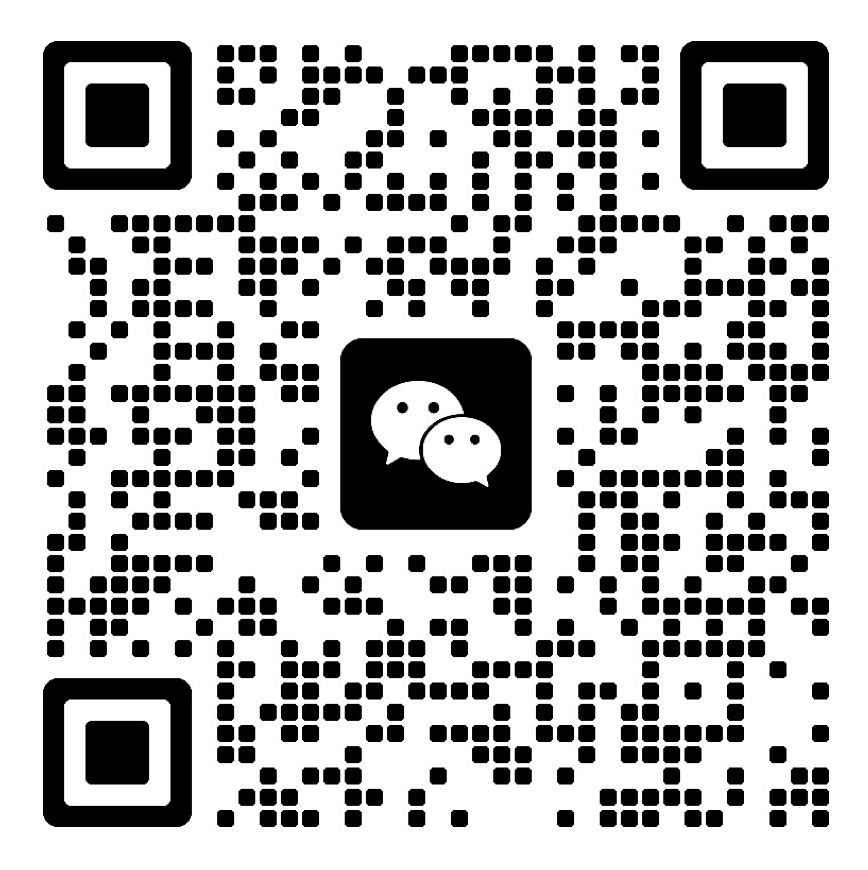
Services
返回Testing Services
Certification Services
- Japanese TELEC certification
- BIS certification
- PSE certification
- JATE certification in Japan
- VCCI Certification in Japan
- IMDA certification
- GCC Certification for Gulf Sev
- Iran COI certification
- Qatar COC Certification
- Iraq COC Certification
- Singapore PSB certification
- Vietnam COC certification
- KUCAS Certification in Kuwait
- KC certification
- EU E-Mark certification
- German GS certification
- REACH certification
- CE-ERP certification
- German TUV-SUD certification
- RED certification
- CE certification in Türkiye
- TSE certification in Türkiye
- Türkiye BTK certification
- European D-MARK certification
- Electrical ENEC certification
- Northern Ireland UKNI logo
- Russian EAC certification
- GOST certification in Russia
- RoHS certification
- ASTM certification
- UL, ETL, CSA, MET, TUV certifi
- FCC Certification in the Unite
- Energy Star
- IC certification
- ul certification
- ETL certification
- CEC certification
- FDA certification
- ASTM certification
- CSA certification
- CPSC Certification in the Unit
- IRAM certification
- Mexico NOM certification
- Ecuador VOC certification
- PVOC certification
- Algeria PCA certification
- Saudi EER Energy Efficiency Ce
- Saudi SABER certification
- Saudi SASO Energy Efficiency C
- Saudi EER Energy Efficiency Ce
- Iraq COC Certification
- Qatar COC Certification
- Iran COI certification
- Qatar COC Certification
- Iran COI certification
- Saudi SABER Certification Gulf
- Saudi SABER certification
- African COC certification
- Kenya PVOC certification
- Nigeria SONCAP certification
- Zimbabwe CBCA Certification
- South African LOA certificatio
- SABS certification in South Af
- Uganda PVOC certification
- Botswana COC Certification
- Zambia COC certification
- COC certification in Burundi
- Ghana COC certification
- Mauritius VOC certification
- Ethiopian VOC and COC certific
- Algeria COC certification
- Gabon COC certification
Register for the record
Systems and Training Services
Laboratory design and construction
Contact Us


National 24-hour service hotline
86+13560405821
Group Headquarters
E-mail: Lymay.zhong@lcs-cert.com
Address: Juji Industrial Park, Xueziwei, Ngabian, Shajing Street, Baoan District, Shenzhen Building A 1~2F, Building C 3F
CEC certification
Product range:
CEC certification is an electrical energy efficiency regulation implemented by the California Energy Commission on December 30, 2005. The purpose of implementing this regulation is to improve the efficiency of electricity products, save energy, reduce gas emissions and greenhouse effects.
With more and more electronic products appearing in daily life, "energy conservation" will become an urgent problem that everyone must face in the 21st century. The California Energy Commission (CEC) is about to implement new mandatory standards for the energy efficiency of AC-DC and AC-AC external power supplies on July 1, 2006, which will impact almost all electronic products.
This standard will cover all products that use external power supplies (such as chargers and adapters), including mobile phones, home wireless phones, portable music players, handheld game consoles, toys, etc., and require these products to use energy more efficiently in both standby and use states.
This means that after mid-2006, all transformers, external power supplies, adapters, and chargers used in the United States and intended for sale in the United States must undergo design changes.
In addition to energy conservation, CEC's new regulations will also have a significant impact on environmental protection. According to the company's statistics, if all external power supplies in California can comply with the new standards, California will be able to reduce carbon dioxide emissions by over 360000 tons per year, which is equivalent to the annual emissions of 60000 cars.
This regulation stipulates that electrical products must first comply with equipment energy efficiency regulations when sold in California, USA. This regulation specifies energy efficiency index requirements, measurement methods, and phased implementation plans for 58 categories of electrical products. According to this regulation, electrical products must be tested by a qualified laboratory in accordance with relevant regulations or standards in the United States before being sold in California.
ntroduction
CEC is the abbreviation for the California Energy Commission in the United States, which is responsible for driving the energy market towards healthy competition.
Since July 1, 2006, all external power supplies (AC/AC, AC/DC adapter) exported to California must meet the California Energy Efficiency Regulations issued by the California Energy Commission, which is a new energy efficiency regulation developed on the basis of Energy Star.
Below, let's analyze the specific scope, definition, testing, labeling, and precautions of CEC certification.
Range
Large-scale experimental base
Professional Lab
Analysis Method
Testing/year




 WeChat Inquiry
WeChat Inquiry
